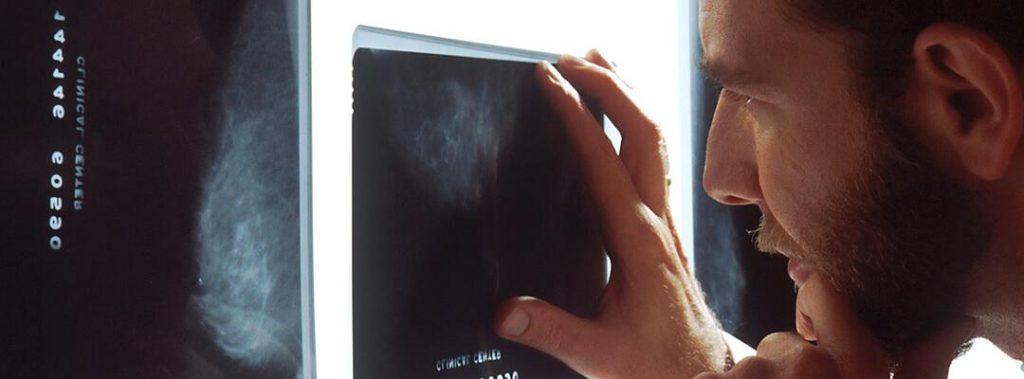DESERVE FOR YOUR INJURIES
Focus on your health and recovery, while we focus on the rest.
Simple fractures, also known as closed fractures, are a common type of bone injury. Unlike other types of fractures, simple fractures do not involve a break in the skin, so they can be easier to treat and heal. However, they can still cause significant pain and inconvenience, and it is important to receive proper medical care to ensure a full recovery.
Worker’s compensation is designed to provide benefits to employees who suffer work-related injuries, including simple fractures. This system offers:
One of the key advantages of worker’s compensation is that it does not require proving employer negligence, facilitating quicker access to benefits. However, it does not compensate for non-economic damages like pain and suffering, and typically prohibits suing your employer for the injury.
In instances where a simple fracture is caused by someone else’s negligence outside of work, such as in a car accident, a poorly maintained store, or during a recreational activity, a personal injury lawsuit may be pursued. This type of claim can offer more extensive compensation, which may include:
To be successful, a personal injury lawsuit requires proving that another party’s negligence directly resulted in your injury. This typically involves gathering evidence, such as witness statements, video footage, and expert medical testimony.
Determining whether to file for worker’s compensation or pursue a personal injury lawsuit—or both—depends on the specific circumstances surrounding the fracture. Evaluating the cause of the fracture, the location where it occurred, and the parties involved is critical. Consulting with a legal professional who specializes in such cases can help navigate these choices, ensuring that all potential compensation avenues are explored.
Simple fractures can be caused by trauma or injury, such as falling or being hit by an object. They can also be caused by overuse or repetitive stress, such as from playing a sport or performing the same motion repeatedly at work. In some cases, simple fractures can be caused by weak bones, such as from osteoporosis or other conditions that make bones more brittle.
Negligent accidents that can cause simple fractures, also known as stress fractures, include slip and fall accidents, car accidents, and sports injuries. In a slip and fall accident, a person may fall and land awkwardly on a hard surface, putting excessive strain on the bones and causing a fracture. Car accidents can also result in fractures if the impact of the collision causes the body to be thrown against a hard object. Sports injuries can also lead to simple fractures, particularly in activities that involve repetitive impact on the bones, such as running or jumping. It is important for individuals to take steps to prevent these types of accidents and to seek medical attention if a fracture is suspected.
The most common symptom of a simple fracture is pain, which can range from mild to severe depending on the location and severity of the injury. Swelling, bruising, and difficulty using the injured limb are also common symptoms of a fracture. If you suspect you have a fracture, it is important to seek medical attention as soon as possible to avoid complications and ensure a full recovery.

To diagnose a simple fracture, a doctor will perform a physical examination and may also order X-rays to get a clear view of the bone and the extent of the injury. The doctor will use this information to determine the best course of treatment.
Treatment for a simple fracture typically involves rest and immobilization of the injured limb to allow the bone to heal properly. This may involve wearing a cast or splint, which will help keep the bone in place and prevent further damage. Pain medication may also be prescribed to help manage pain and discomfort. Once the bone has healed, physical therapy may be recommended to help restore strength and range of motion to the injured limb.
Preventing simple fractures, also known as a stress fracture, involves taking steps to reduce the stress and strain on the bones. This can include modifying activities or exercise routines to reduce the impact on the bones, wearing appropriate footwear to support the feet and ankles, and ensuring that the body has sufficient calcium and vitamin D to maintain strong bones. It is also important to avoid smoking, as this can weaken the bones and make them more susceptible to fractures. It is always best to consult with a doctor or healthcare provider if you are concerned about the risk of fractures.